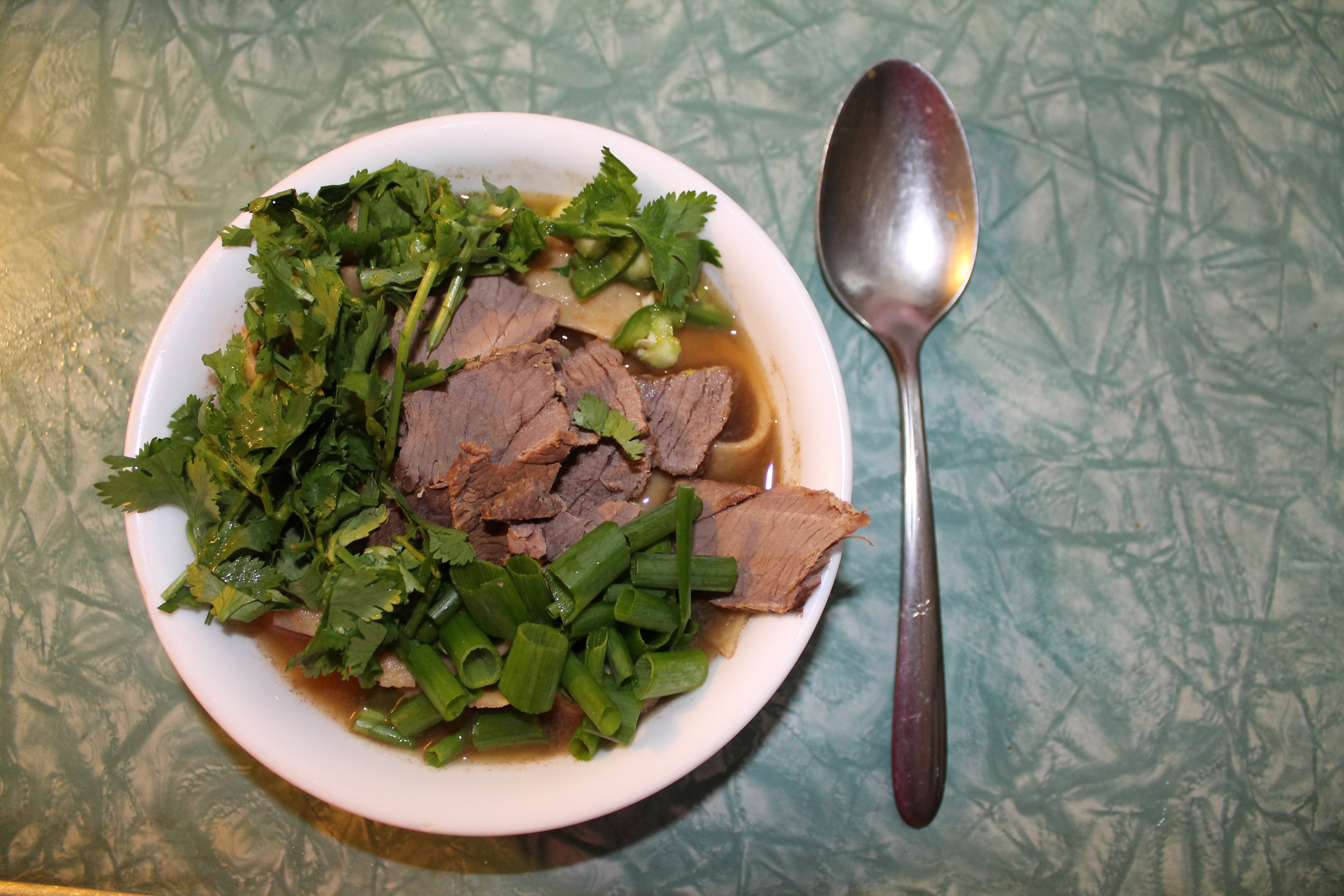
Made in Jiānádà: Lanzhou Lāmiàn (broth!)
This is part 2 in my noodle series. Part 1 (the hand pulled noodles) is here.
This is quite possibly the best broth in the whole universe. Except, perhaps, for a fine Tom Yam with all the bark and twigs still nestled at the bottom of the bowl. This one has its own mighty collection of bark and twigs, and plays the role of hearty autumn and winter to Thailand’s fierce summer in the Cartesian dialectic of soup broths.
This is a broth that will make you pick up the bowl and sip away at the broth until it’s gone, leaving only a few stray chili seeds at the bottom, long after the noodles and greens have been spooned/chopsticked away. The rich beefy scent, umami’d up to the hilt with soy, garlic, star anise and cinnamon, needs to be brought up close to your nostrils as you sip. The chilies and garlic will sternly resolve any colds you may have stubbornly residing in your system.
Keep a few Tupperware containers of this stuff in your freezer for a cold, rainy day, then note how your mood significantly lifts after you heat up a bowl of it. Seriously. This stuff is mood altering, up there with crack and bath salts.
I had made a few experimental versions of this broth back in Shanghai, after trying to piece together exactly what went into it. I knew there was definitely cinnamon, beef, garlic. Lots of garlic. Beyond that I wasn’t sure. I experimented but didn’t quite get it right.
Then I found this.
Somebody did the work for me.
Ladies and gents, I give you the super secret recipe for one of the loveliest broths ever. It comes with its own built in meat (convenient!) and is best served with a splash of dark vinegar and spoonfuls of chili paste, and some fragrant greens (cilantro, scallions) and perhaps some blanched bok choy. A fried egg on top is also a good thing. See the examples here.
This one, if you were to go into one of the Lanzhou noodle joints, is what you’d call 青菜牛肉拉面 (qīngcài niúròu lāmiàn), or beef pulled noodles with veggies (aka the bok choy).
The Broth
Serves 6
- 1 teaspoon oil
- 10 scallions, cut into 1″ pieces (I didn’t have any when I was making the broth, turned out fine anyway)
- 10 garlic cloves thinly sliced (I used 1.5 heads of rather huge garlic from the garden)
- 6 slices of ginger smashed with the flat side of a cleaver
- 1 1/2 t chile bean paste (Togan Jiang) (I couldn’t find this so I threw in a few dried Thai chilis)
- 2 cinnamon sticks (primarily use cassia in China)
- 2 star anise
- 1/2 cup light soy sauce
- 2 lb chuck steak, trimmed and cut into 1 1/2 inch cubes (I used about 2/3 of a roast- the kind that’s tied up with string)
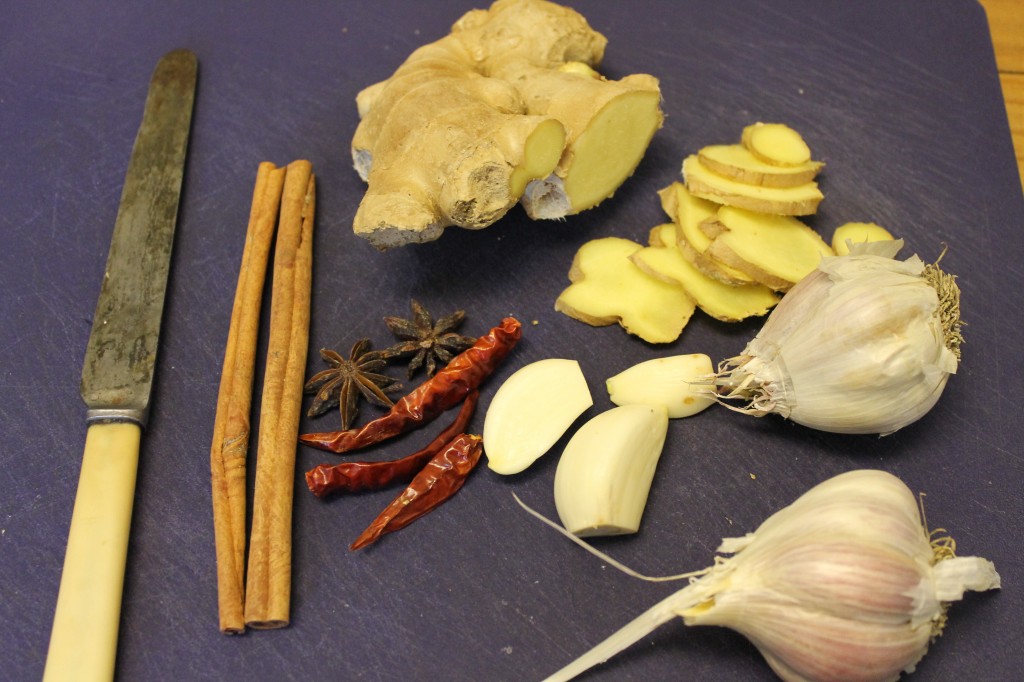
I roughly chopped the garlics and sliced the ginger into discs.
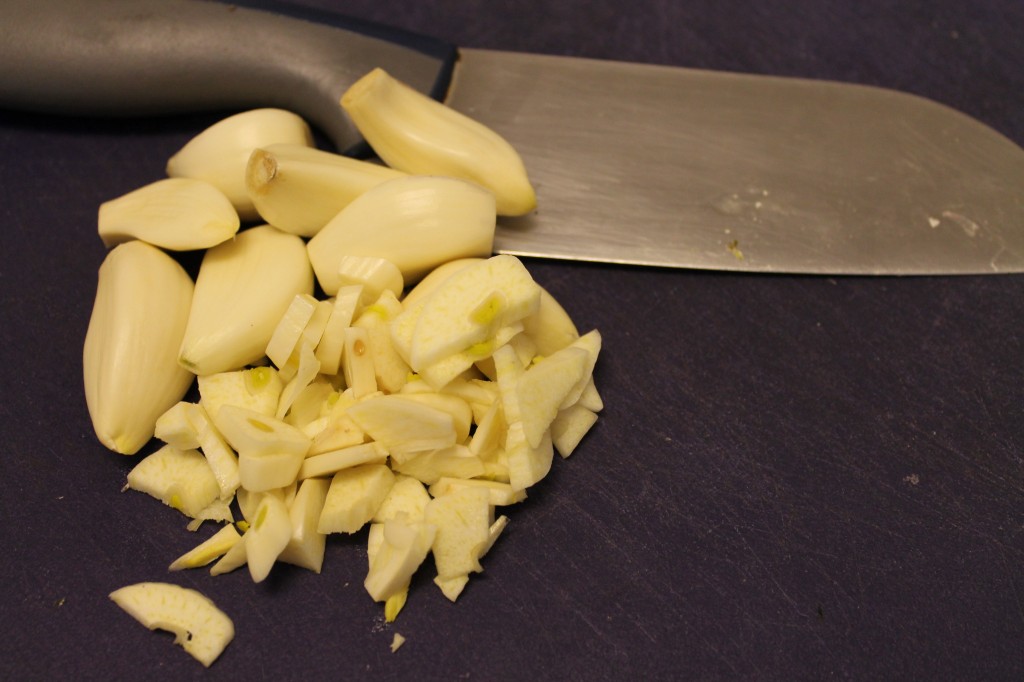
Toss the ginger, garlic, cinnamon, star anise and chilies (or chili paste) into the hot wok with a little oil and swirl it all around for a minute to release the flavours. If you have the chopped scallions, add them too. I didn’t have any so I have no idea how they work out at this point.
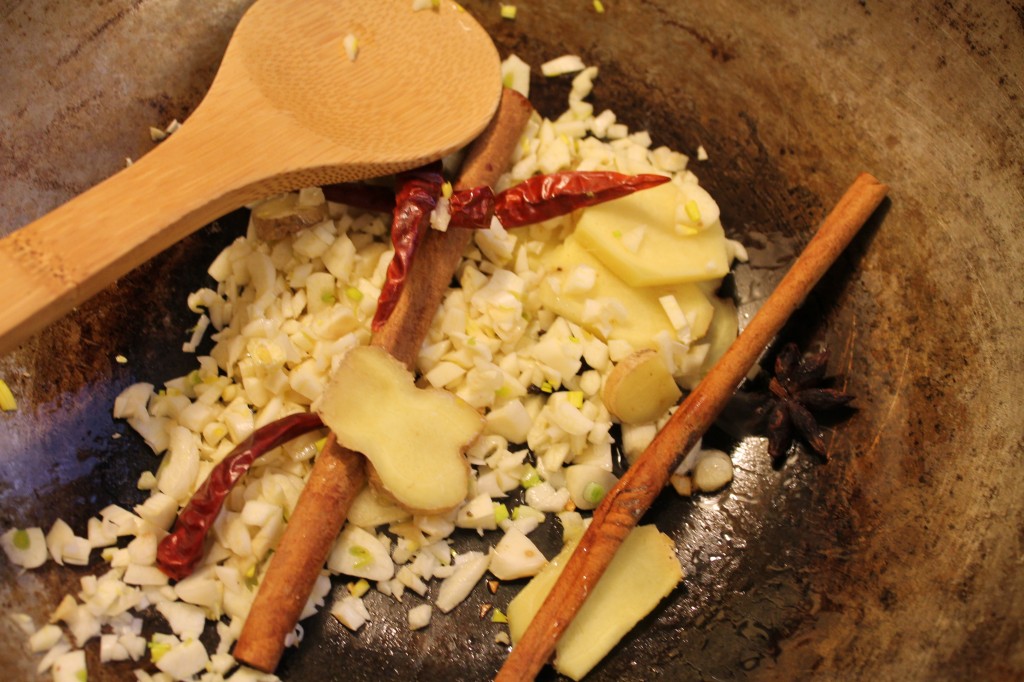
Deal with the meat stuff.
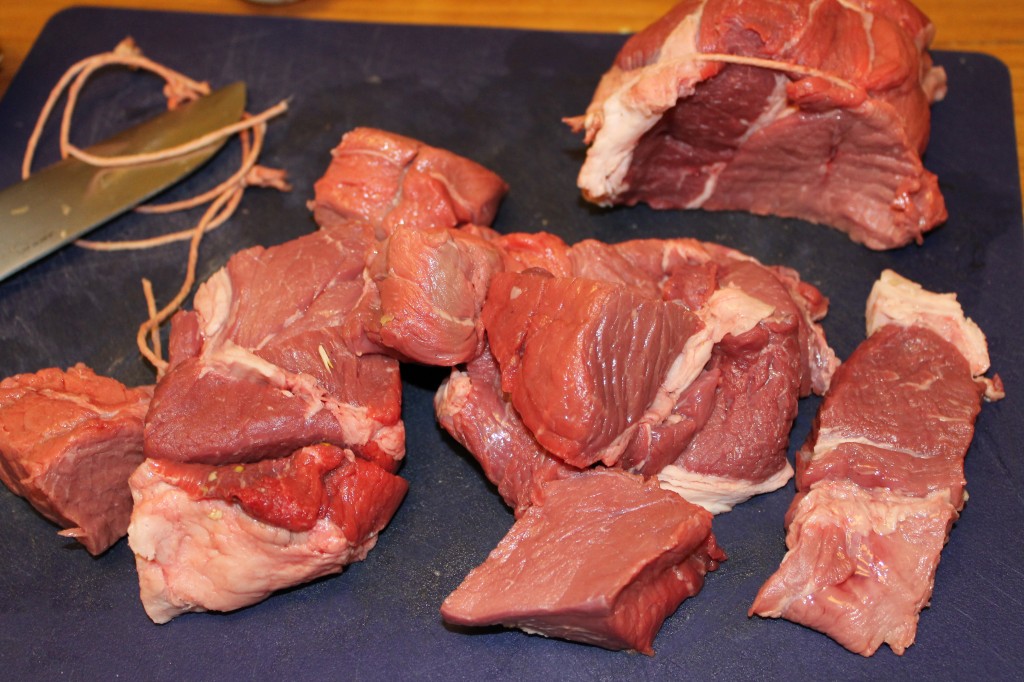
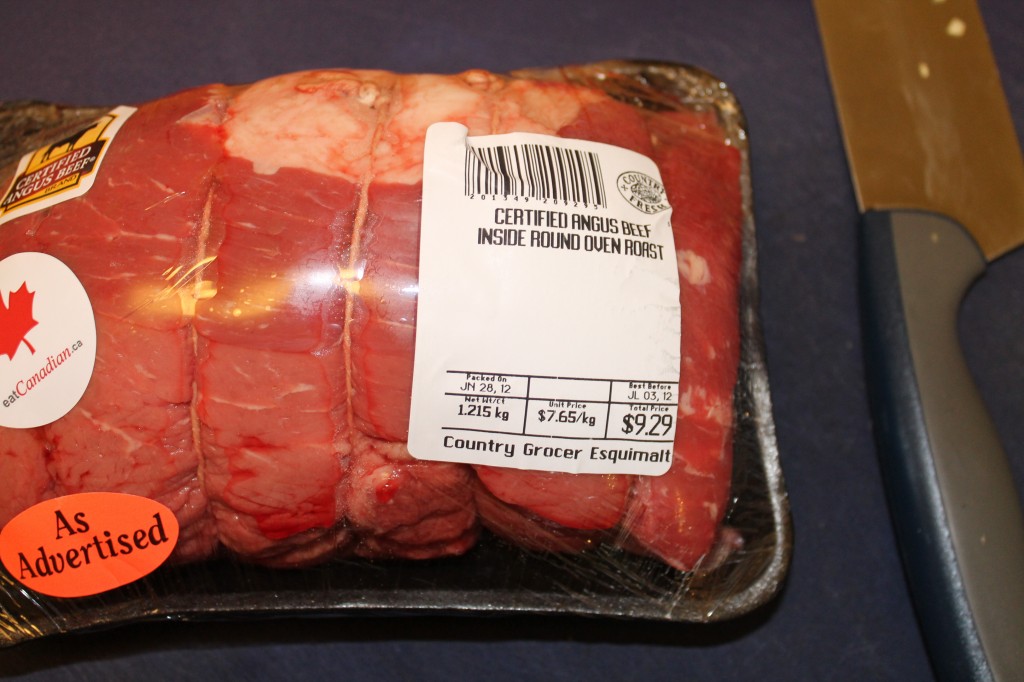
With the beef cubed, move the lovely fragrant barks and twig mix over to your preferred soup cauldron.
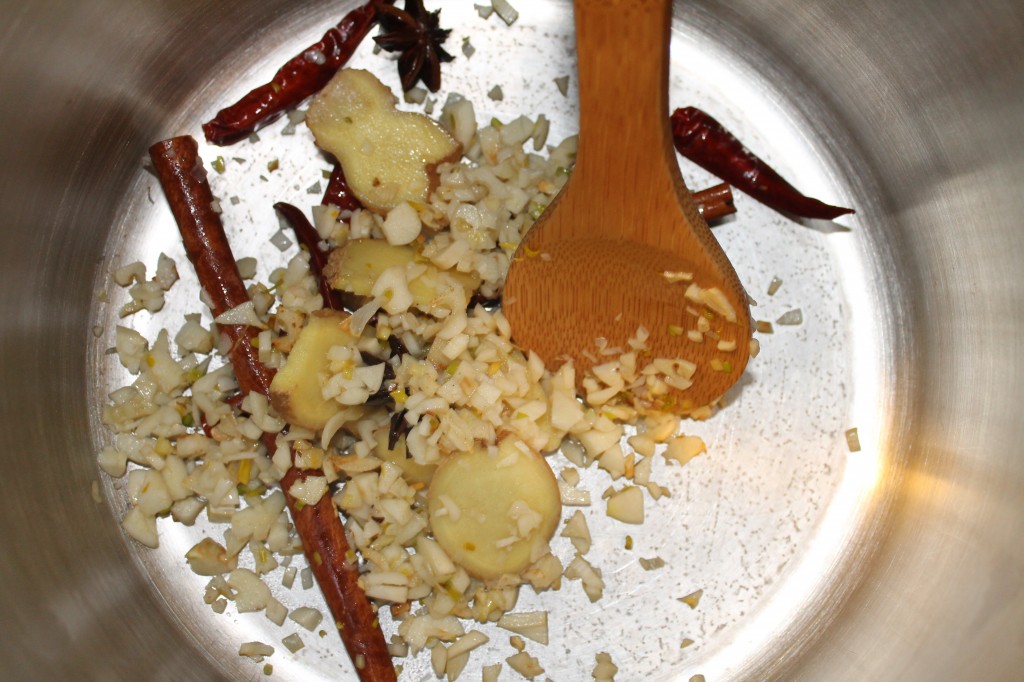
Throw in the beef cubes and add about 9 cups of water and half a cup of soy sauce. Bring it to a boil, then cover and simmer 1.5 hours (or 2 or whatever- just watch that the water doesn’t evaporate too much).
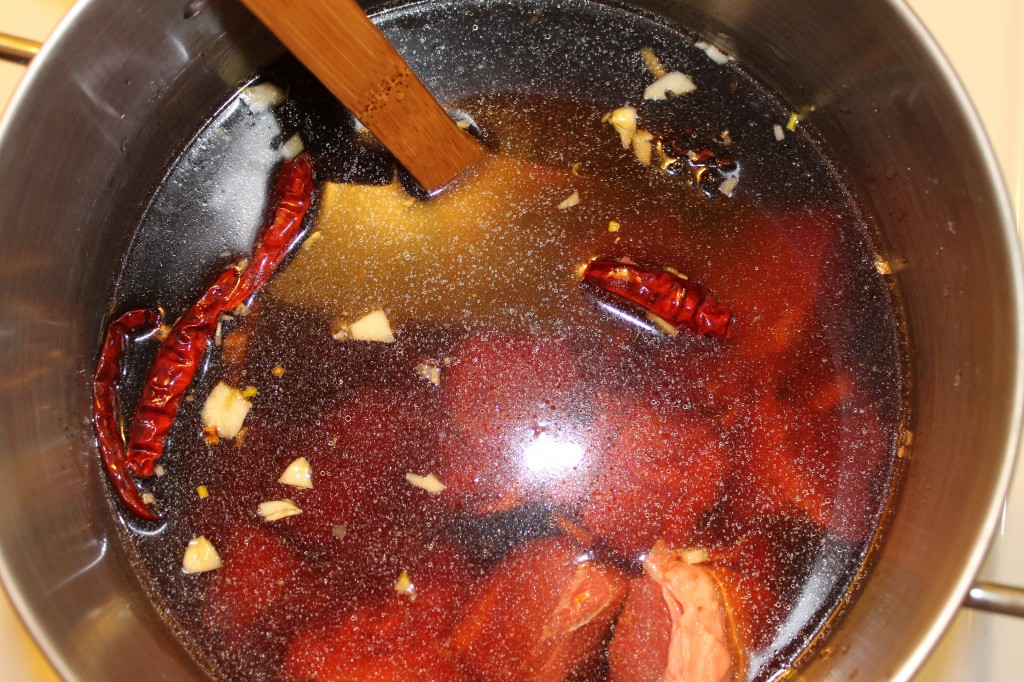
After it has simmered on low long enough, you’ll want to separate the chunky bits from the brothy bits. I used a pasta strainer, pouring everything out into another biggish pot, catching the detritus (and beef) in the strainer.
I tossed the ginger, cinnamon and star anise, mashed up the garlic and chilies and added them back to the broth, and moved the beef cubes to a bowl to cool.
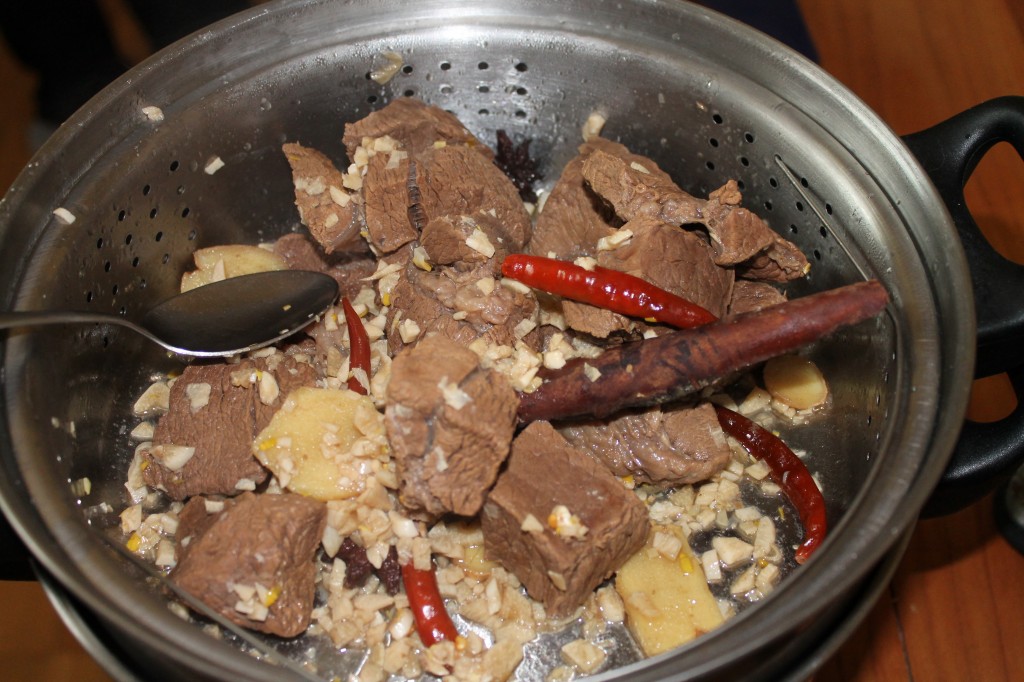
The beef will be very hot so let it cool a bit before you start to trim it. I cut off the fatty, gristly, tendonny bits. Don’t trim it before you make the broth though, as these scary bits contribute a lot of the flavour. Give them to the cat after you’ve simmered the soup.
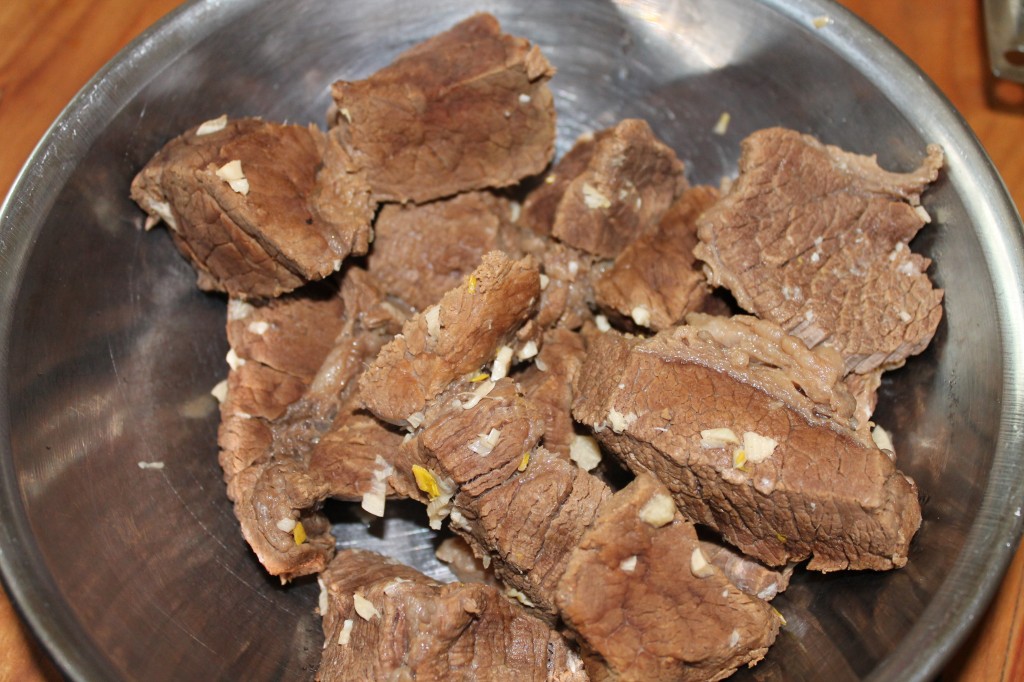
Thinly slice the beef. You don’t need much. One cube per person should be more than enough.
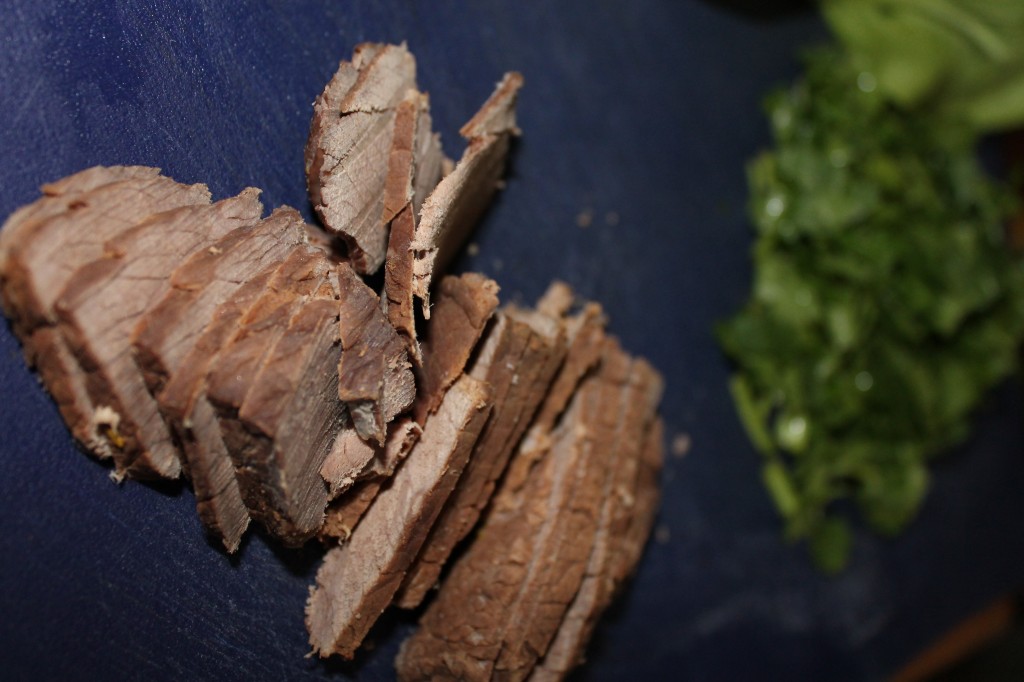
Garnish your soup! I like green onions, green chilies marinated in rice wine vinegar, cilantro and bok choy. When you’re making the noodles, you can also blanch the bok choy in the boiling broth for a minute or so before serving.
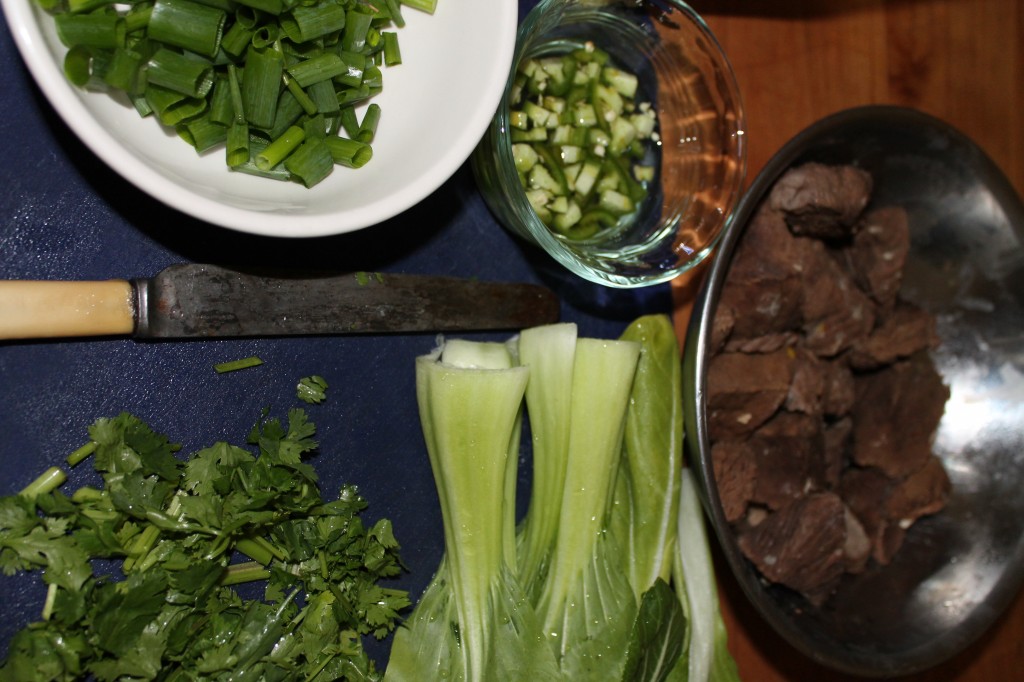
Here’s the broth with noodles, served simply, for those days when you just want something light…
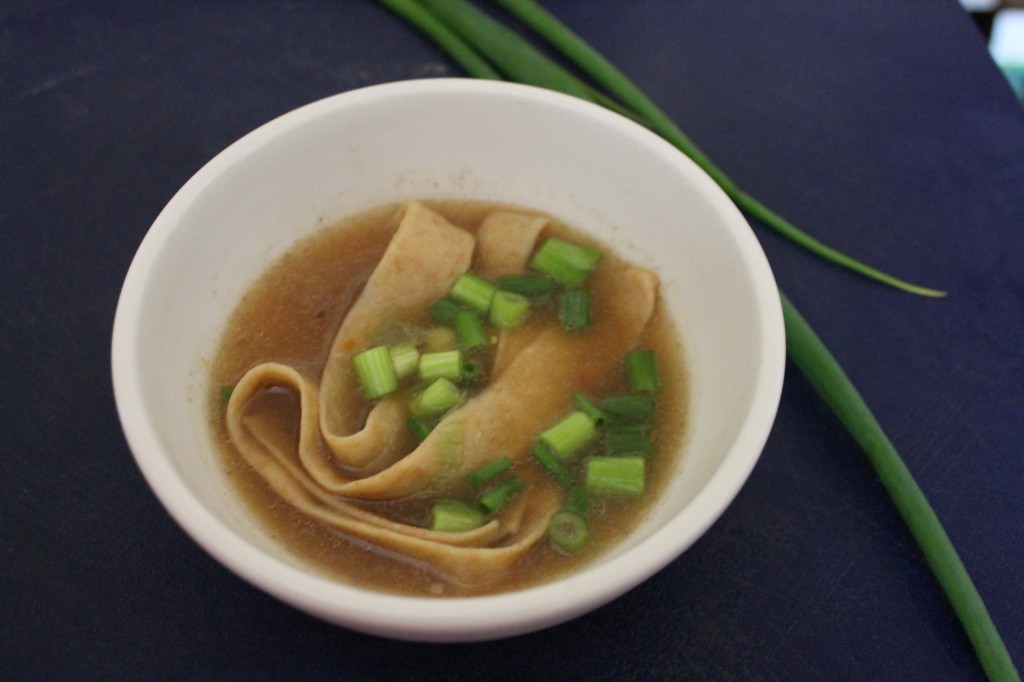
And here is the full meal deal. Don’t forget to add the splash of dark vinegar and the chili paste. They add magic.
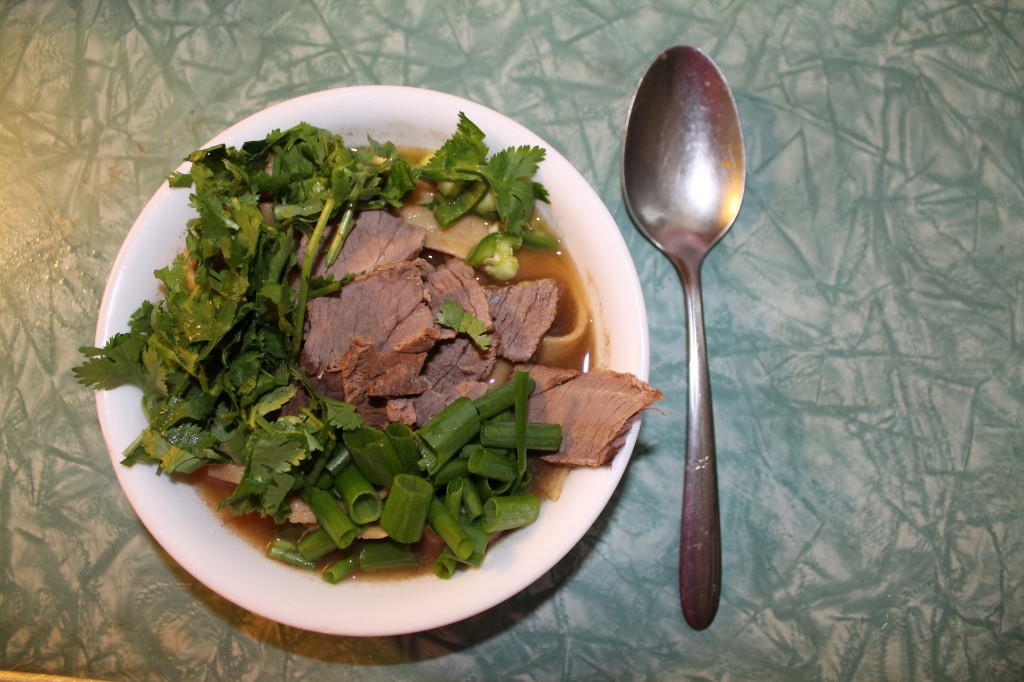
You May Also Like
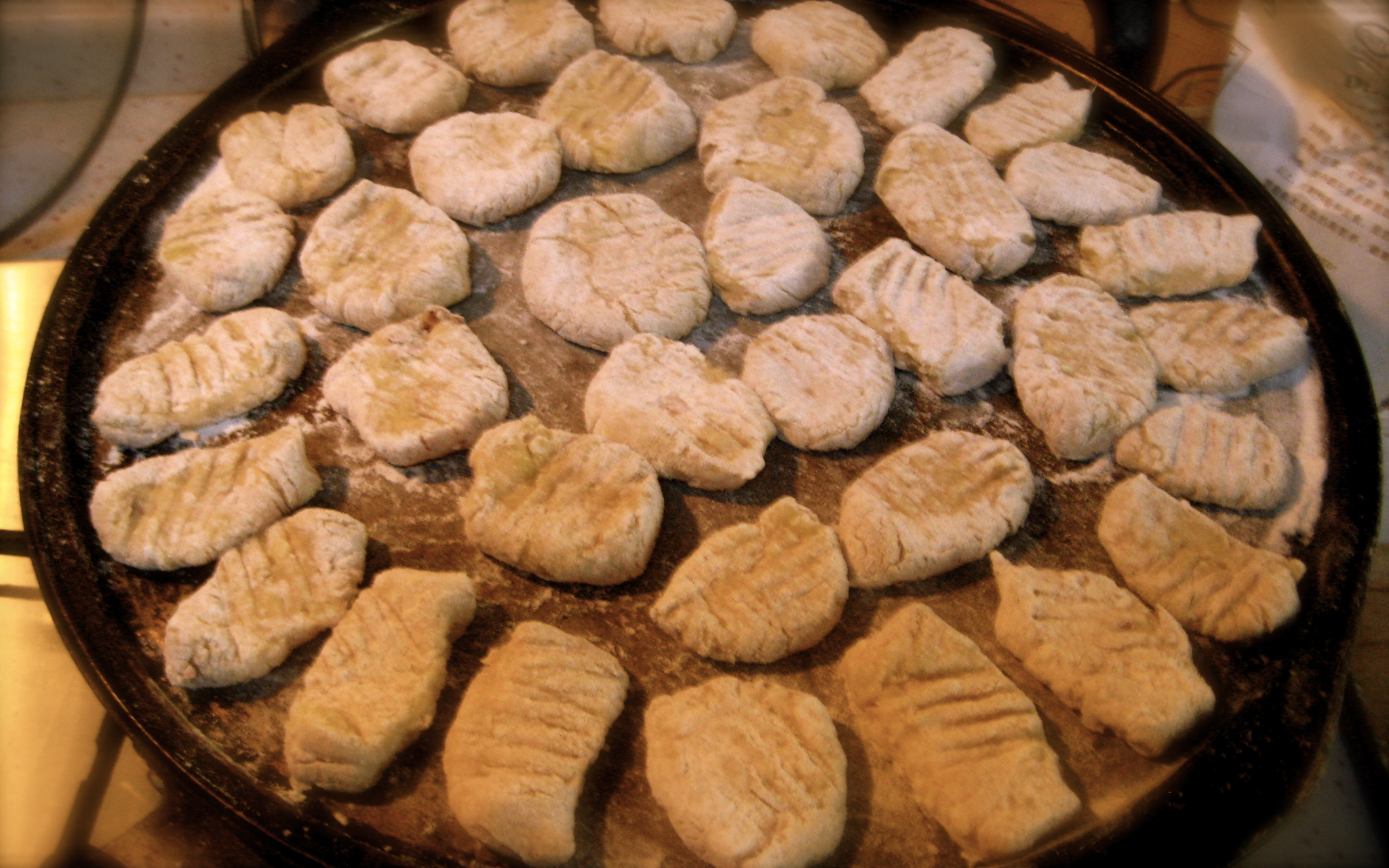
Gnocchi with Pesto Cream Sauce à la Wok
October 12, 2011
Itsy Bitsy Adorable Brownies for Taipeiren (and Me) from KP Kitchen
January 27, 2017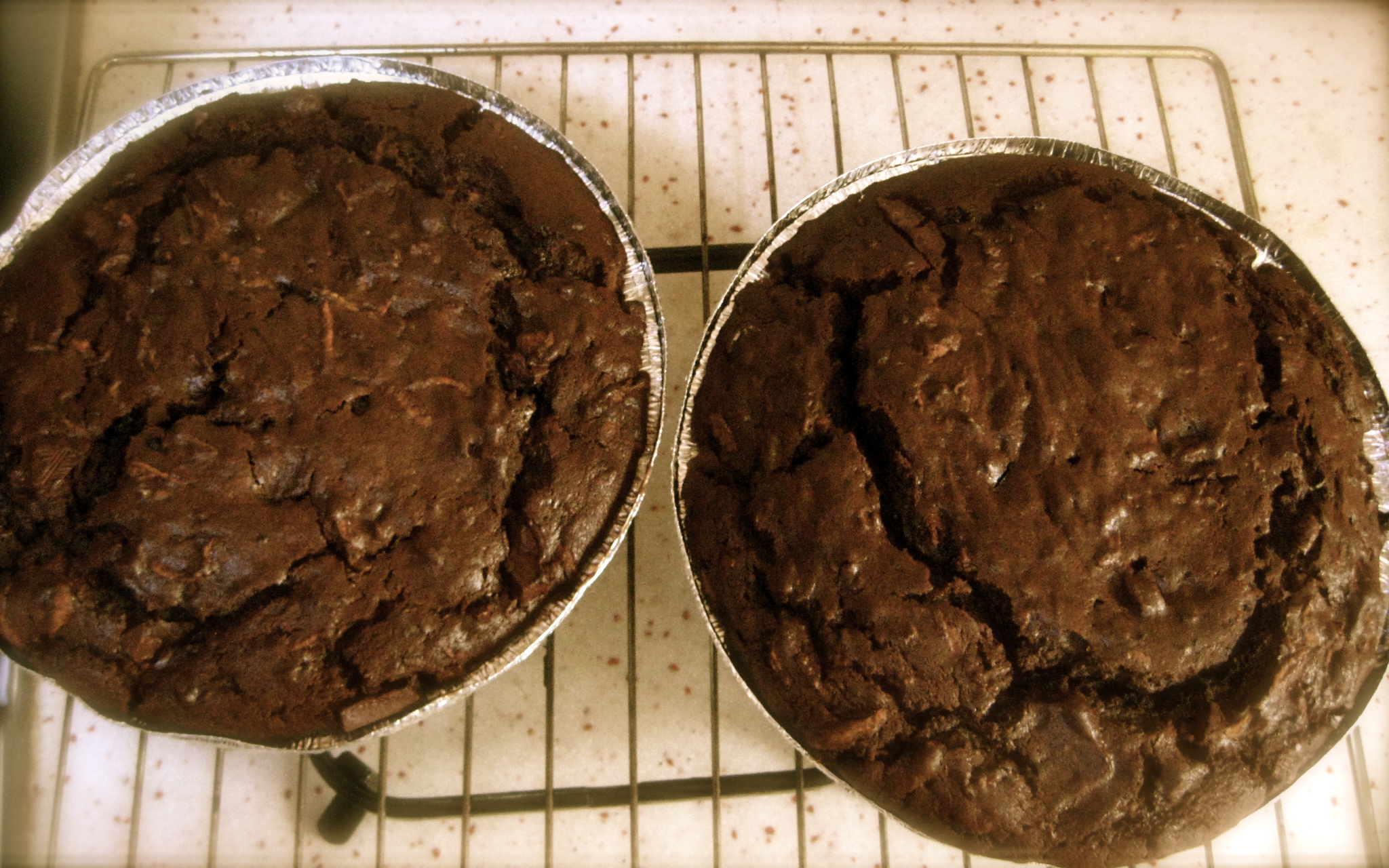

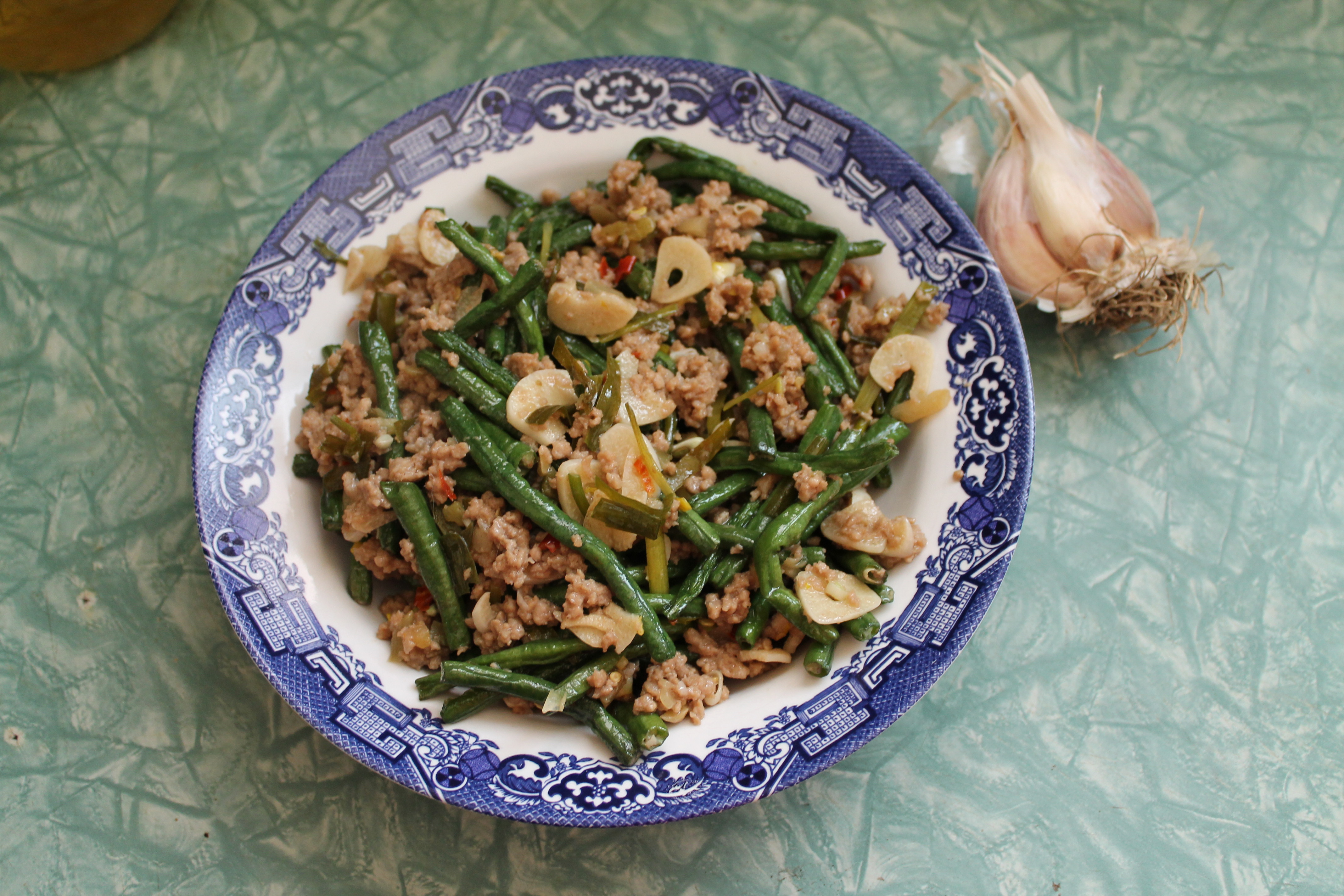
13 Comments
Martin
Slurp! Yum! … A lovely beef soup/broth/whatever. Will try that style next time we need a beef broth here, and until then I’ll dream a bit of getting a kilo of useful Angus roast for less than 20 euro. BTW: Will I have to burn in one of the thousand hells of ignorants (once again) if I replace the star anise with some black bean or sesame paste ? Star anis isn’t top ranked in the family’s taste register, since I learned it sometimes almost kills me because of an occasional allergy… Also, that broth recipe could be a perfect base for some marinated, single odr double roasted beefy things. Certainly worth a try… And, of course, I absolutely love that lāmiàn you made one post ago. Have to admit we usually go for one of the easier rolled – dried – than cutted kinds if we make fresh noodles ourselves. And yes, that’s mostly because of me being too impatient, hungry or lazy. 🙂
MaryAnne
I think you can safely leave out the star anise if you really can’t tolerate it in food. I did a version of this broth last month in Shanghai without it and it was still quite good. It just adds something special to the flavour- not better, just different. The original recipe does call for a spicy bean paste that I couldn’t find here so maybe a black bean paste could work. Sesame paste, I’m not so sure. They use whole sesame seeds in the crushed chili paste. Sesame paste would be too much like tahini, which is in the wrong flavour family altogether.
Amazing how cheap the meat is here, isn’t it? We usually get cheap, tough cubes of stewing beef in Shanghai for about 25-30 rmb for about 250g. $9 is barely 60 rmb… for 1.2kg of a much, much nicer cut!!
mjskit
Finally, the real thing! There’s nothing better than an Asian broth and I’ve always wanted to make it – now I can! I had no idea it had cinnamon and star anise. Thanks for the recipe and for the link! Great 2 part series!
mjskit recently posted..Salted Pecan Chocolate Ice Cream
MaryAnne
Thanks! This is, truly, one of my favourite foods in the world and am so relieved to know I can have it even when I’m out of China!
Audrey Miller
Lovely series. Though I have never prepared the Asian Broth before, it seems amazing and I will try making it sometime. Thanks a lot for the recipe.
Chris
I’ve always found it odd when people say “Asian flavors” or “Asian ingredients”, when something is specific to one region and not all of Asia, as is this recipe.
Calling it an “Asian broth” is like saying lasagna has “European flavors”.
MaryAnne
Agreed.Asia is a very big place with a whole lot of flavours. To generalize like that is just lazy and inaccurate.
Jenna
The Asian Broth looks delicious! I will try preparing it sometime using the recipe you have provided. Lovely series 🙂
TracyAnn0312
Another great recipe you have shared. I never thought that it is quite good to have it. Thanks for sharing it. Can I ask what are some essentials of broth in making the food taste good?
TracyAnn0312 recently posted..קייטרינג לאירועים
Jaclyn
“If I’m quiet, that means it’s good.”
That’s what my husband said. Yummilicious! I didn’t have dried chillies so I used 3 fresh chilli padi, which is fresh Thai chillies (i think). I used only about 300g of beef shank because that was all I had and went out to get about 600g of meat to make up the 2lbs. I had found “soup trimmings” at Giant for cheap (SGD0.79/100g), which looked like fats and a bit of meat trimmed off beef meat, so I bought 600g of those. Then I fried the herbs and spices in the pressure cooker, instead of the wok so that saved me 1 dish to wash. I kept the measurements the same and cooked it in a pressure cooker for 1 hour. It smelled so good! Finally time was up and I could taste the soup and check on the texture of the meat. It was oily but I expected that. The flavour was good however, just a bit salty. The meat was so tender that I didn’t want to slice it up. Then I cooked the dried lanzhou lamian I had found at the supermarket and blanched the xiao bai cai. Placed the noodles in a deep plate, topped with xiao bai cai, picked out the meat from the pressure cooker and ladled the soup over. My husband hates coriander/cilantro as a garnish so I topped our plates with fried shallots and leftover garlic-chilli-vinegar from the Thai Boat Noodle recipe I tried 3 weeks back (http://hot-thai-kitchen.com/boat-noodles-pt-1/) WOW. The plainness of the noodles and vegetables balanced out the saltiness of the broth, giving the dish an all-rounded flavour. Plus, it wasn’t as salty as before. It wasn’t spicy though so next time I might slice up 1 chili padi instead. I had lots of leftover meat and broth so I ladled them into individual freezer bags and got ourselves 8 cups of “instant broth” for anytime we want something soupy.
Thanks for the delicious recipe, MaryAnne!
MaryAnne
Hey, thanks! That’s awesome!
Vit'Ls bon Vyiie
I’m sorry to say that your beef appears to be extemely dry. And your last photo does not look appetising.
I prefer to rub oil (coconut or macadamia nut for a particular flavour or grapeseed for its high point) all over the meat before adding the basic spices to it (kosher or sea salt-omitted when using bouillon-, garlic powder, onion powder and black pepper).
Pan sear it on all sides until a nice brown-char. Remove then add aromatics and stir fry for two minutes.
Add the meat back in and enough liquids (typically homemade stock/broth and prefabbed ones) to cover meat and simmer on low for at least 4.5 hours (depending on personal stove).
At this point, the meat ought to fall apart without being gummy or mealy in texture.
P.S.I don’t suggest rough chopping garlic. Rather keep it whole either peeled or in its skin. And seeing that you drained off everything to separate from the liquid, mayhaps use a cheesecloth pouch for all the spices.
Ta!
MaryAnne
How nice of you to tell me how to make a completely different recipe from the one I made. I’m sure yours is lovely but it isn’t the one I was making (which WAS tasty and exactly what it was meant to be). Nothing you wrote has anything to do with Lanzhou lamian or how they make it or how it is supposed to turn out. Ta!